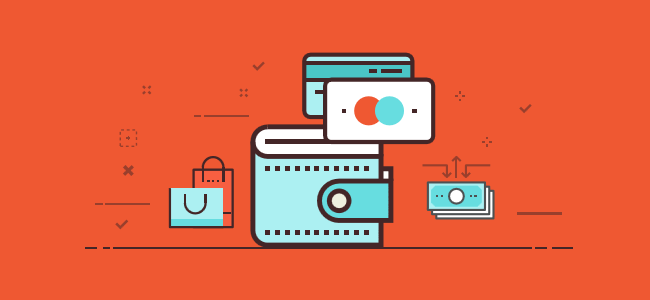Do You Know What a Debit Card Is?
July 7, 2016

Debit card, also known as a check card, is a plastic payment card that you can use instead of cash to make purchases. So, you don’t have to carry the money when you go shopping. Moreover, debit cards are also one of the most convenient way to pay when you buy goods online.
Basically, debit card owner can simply withdraw money through cashback scheme, which many merchants offer at the point of sales, or make an instant cash withdraw from the ATM machine. The debit card is interconnected to a checking account of the card owner and gives immediate access to the account’s funds.
What are the benefits of using debit card?
One of the major benefits of debit card is that only available money in the card owner’s account can be spend therefore, so card owners don’t need to worry about going into debt (except if he or she signed up for overdraft coverage). While debit cards offer the convenience of credit card, it can also be used for Card Not Present (CNP) transaction, like telephone shopping or online payments.
The other benefit is that you can report the card to the bank, when it’s lost or stolen. The debit card will be deactivated and fraudulent transactions will be removed from your account. And of course, you’ll receive a new card from the issuing bank.
Technical specifications
Debit cards have a size that agree to the ISO/IEC 7810 ID-1 standard, and usually contains some elements, such as:
- A printed or embossed card number (mostly 16-digits)
- Magnetic stripe
- Signature strip panel
- Card security code (CVV)
- Issuing bank logo
- Hologram
- Card brand logo (Master, Visa or others)
- Expiration date
- Cardholder’s name
- EMV chip (not present on all cards, depending on the issuing bank)
Debit Card Transactions
The debit card purchases can be made with or without a PIN. There are 3 ways that debit card transactions are processed:
- Electronic Funds Transfer at Point of Sale (EFTPOS): this is also known as PIN debit or online debit. Debit card transactions are made simply by the swipe of a card through the terminal and the card holder punching in his/her personal identification number (PIN) to authenticate the transaction. The total amount of the transaction has to be entered in the device before swiping the card.
- Signature Debit, also called an offline debit. The payer’s signature is required to authorize the transaction. The funds are taken directly from the card holder’s account. Debit card used in this method should have the logo of major credit card company on them, like Visa or MasterCard.
- Electronic Purse Card System: this is smart card-based electronic purse system, widely used throughout Europe. Money is loaded or stored on the card chip, which allows the shopper to make a contactless payment.
It’s easy to track every transaction made with debit card, because it appears on the account holder’s statement.
Applicable Fees
Debit card transactions are not always free, it depends on the card issuer. Here you can find the most common fees that may apply to using debit card.
- Maintenance fee: depending on the card issuer, fee may be charged for a card maintenance, when the account holder does not make any transaction over a period of time or fail to maintain a minimum balance.
- ATM usage: this fee is usually applied when you make an ATM withdraw from a machine outside the bank’s network or from an ATM machine in a foreign country.
There are also some other situations, when your bank might charge you for debit card usage. These are for example: Not Sufficient Funds (NFS), Overdraft, Out of Network ATM fee, or debit card replacement fee.
To sum up, debit cards are similar to credit cards, but there’s no possibility to go into debt. Also, debit cards usually have daily purchase limits, so you can’t make a large purchase by using them.
Which card are you using to pay? Do you prefer credit or debit card (and why)?
Business & Finance Articles on Business 2 Community
(32)



